How we fly truffles to fine dining restaurants around the world
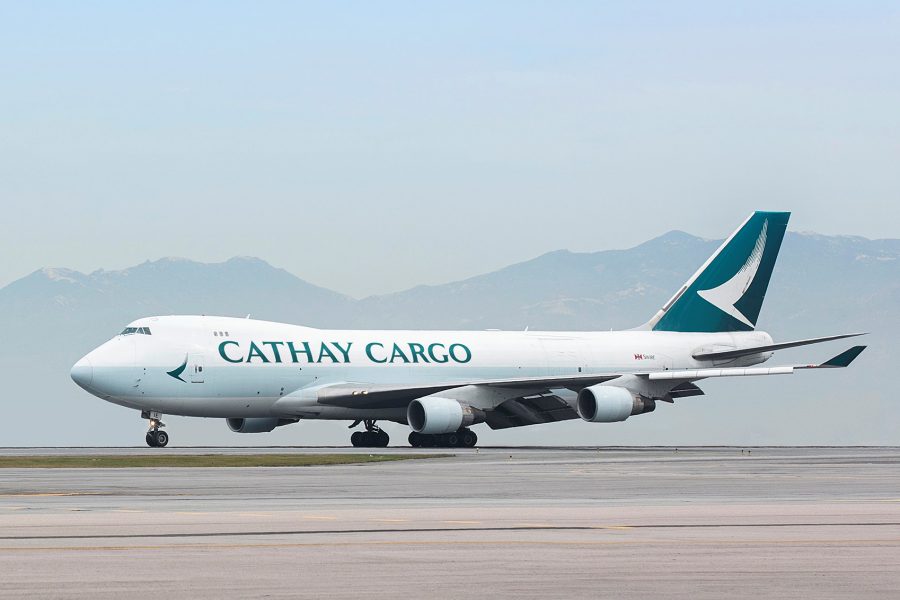
Your dish arrives: a delicate salt-steamed fish, perhaps, or a rich mushroom risotto. You close your eyes and inhale – and you catch the unmistakable, fragrant yet earthy scent of black truffle.
Prized for their distinctive aroma, truffles are a mainstay of haute cuisine. But these beloved fungi are both seasonal and extremely perishable, so getting them from forest to plate is a complex logistical process. A black truffle has to traverse continents before making it into your favourite dish – and we play a key role in its journey.
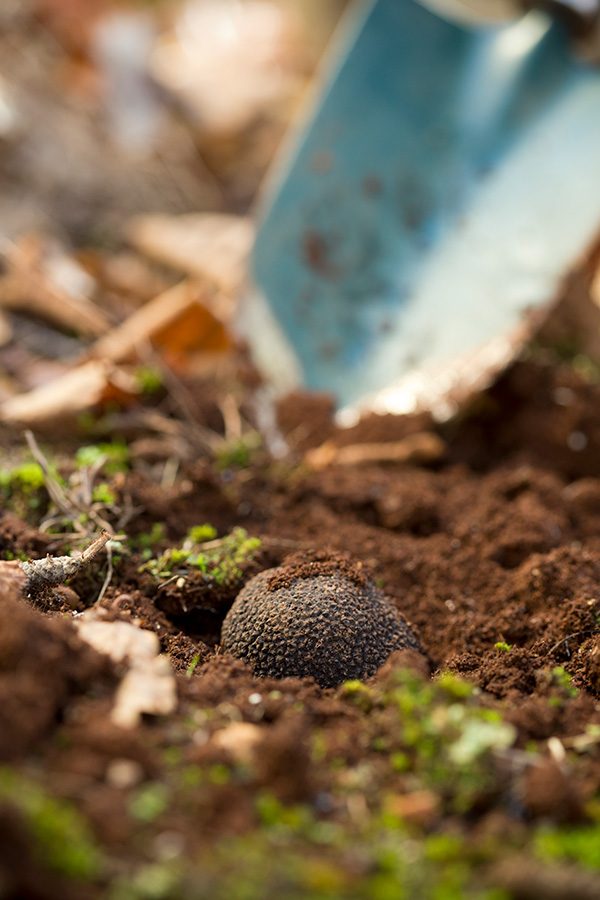
Credit: Pottinger Truffle

Credit: Pottinger Truffle
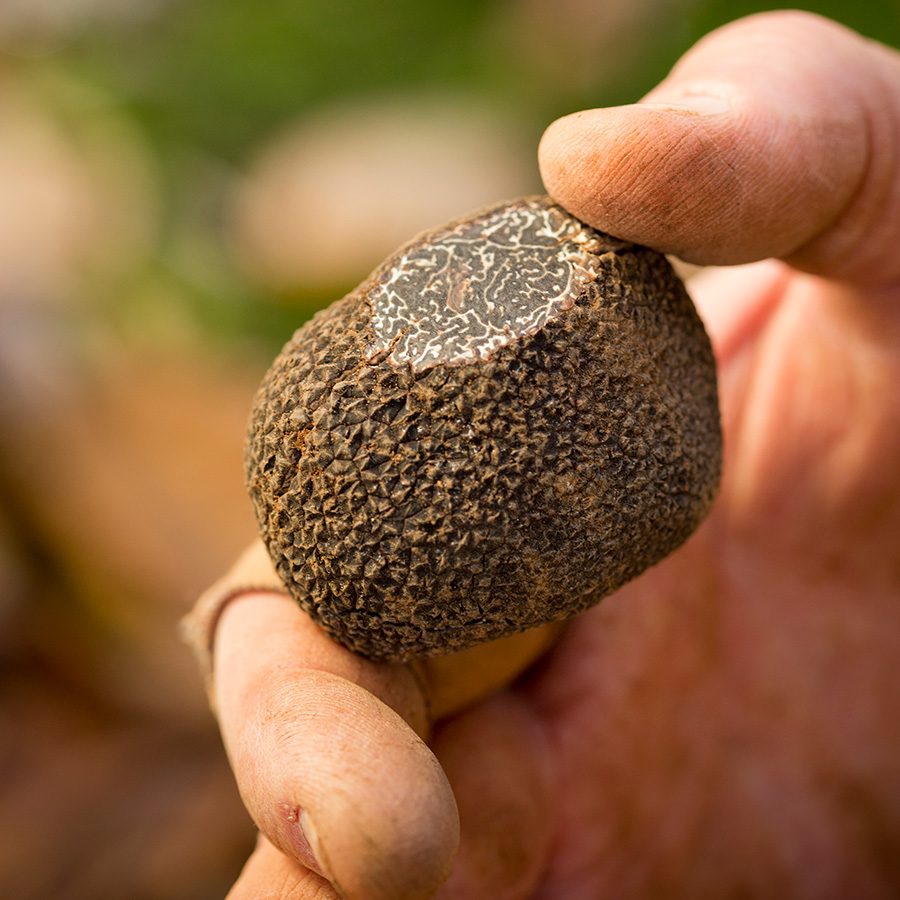
Credit: Pottinger Truffle
Cultivating black truffles down under
The story begins in the loose shallow soil of Western Australia, where acres of trees “inoculated” with truffle spores flourish in the continental climate. Nourished by the trees, the fungi grow underground and develop fruiting bodies – the knobbly edible part used in cooking.
Western Australia produces around 12 tonnes of truffles per year, the result of a revolution in truffle cultivation that began in the 1990s. Enterprising farmers realised that as the Australian black truffle season (June to late August) runs counter to that of the northern hemisphere, the crop would be able to occupy the off-season gap in production, meaning black truffle could be available for longer. Naturally, this caught the attention of the best chefs around the globe – and now most of the truffles grown in Western Australia are destined for fine dining establishments across Europe, the United States, Japan and beyond.
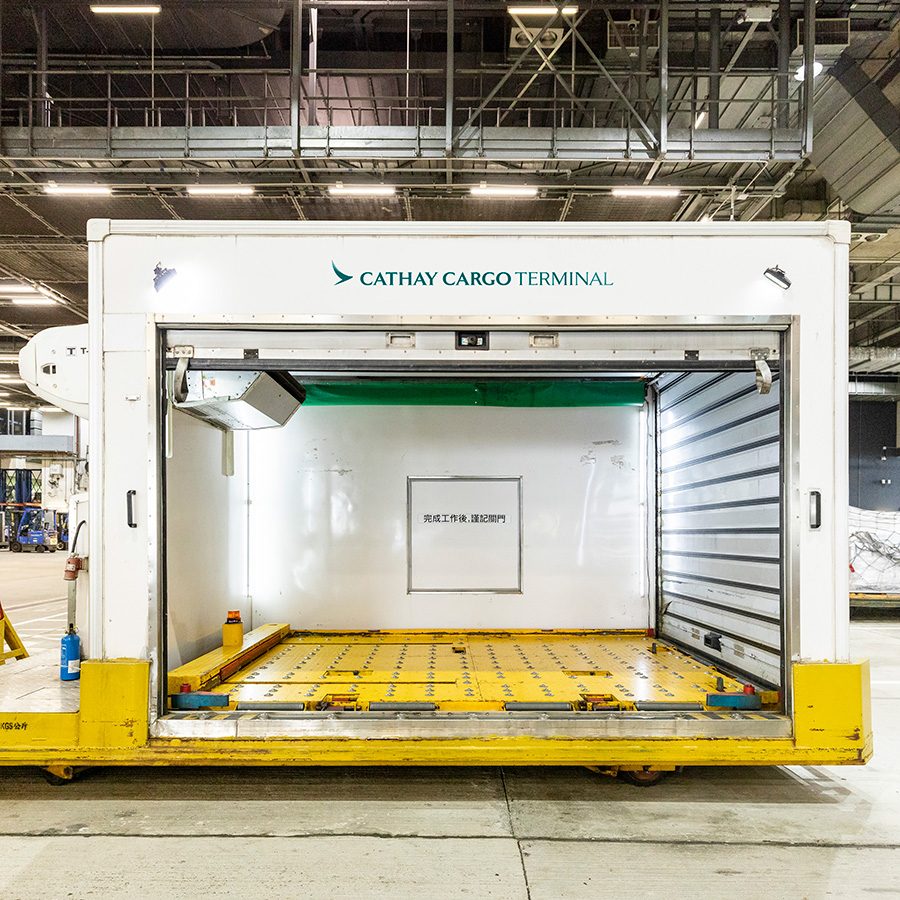
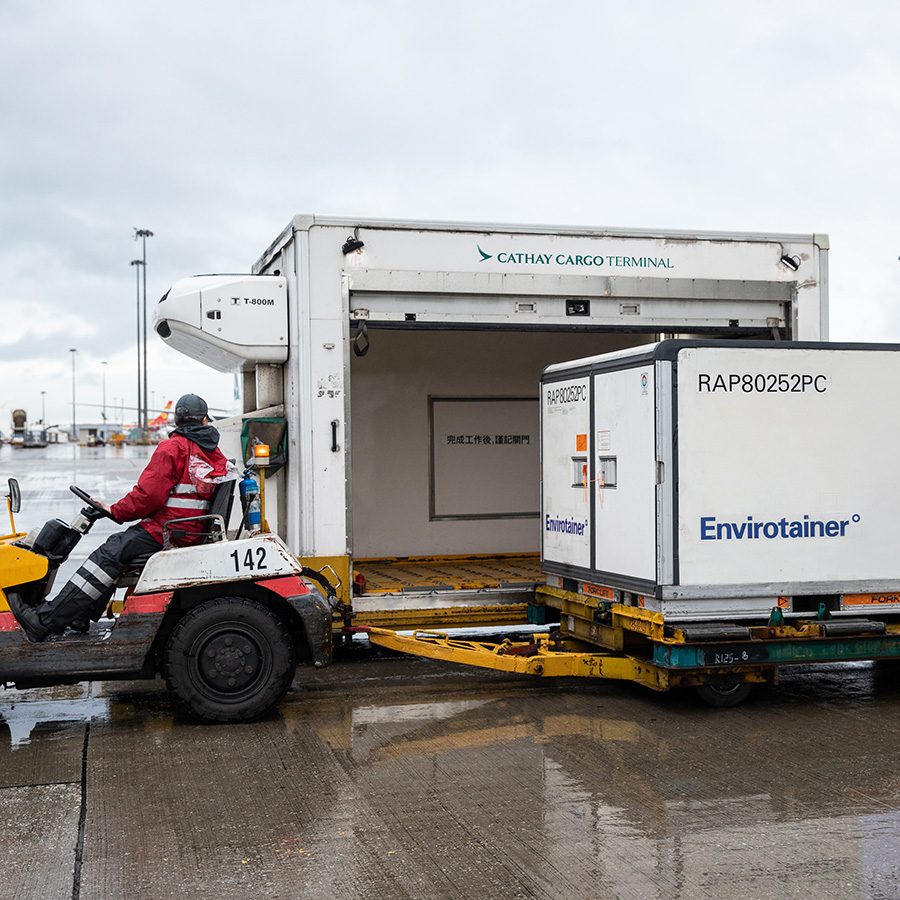
Precious cargo
Truffles are extremely delicate – and expensive. A 20kg box is worth around AU$25,000 (HK$128,500), so extra care must be taken when transporting them across vast distances, rapidly. Enter Cathay Cargo, and its Cathay Fresh shipment solution, which is all about ensuring that perishable goods arrive fast and fresh. We fly the truffles from Perth to Hong Kong, and then on to our 70+ destinations around the world.
A crucial element of transport is the “cold chain” – every stage of handling and transport must be conducted with stringent temperature controls to maintain freshness, so that food isn’t, for example, sitting on a baking airport tarmac and slowly spoiling.
For Aussie truffles, Cathay Cargo works with VIP Freight, based at Perth Airport. “We coordinate with the growers and the orders, and then we arrange the airport-to-airport logistics,” says Peter Thorburn, managing director of VIP Freight. “Cathay Cargo’s procedures are focused on ensuring connections to final destinations are met, as they are aware that this product must not be delayed.”
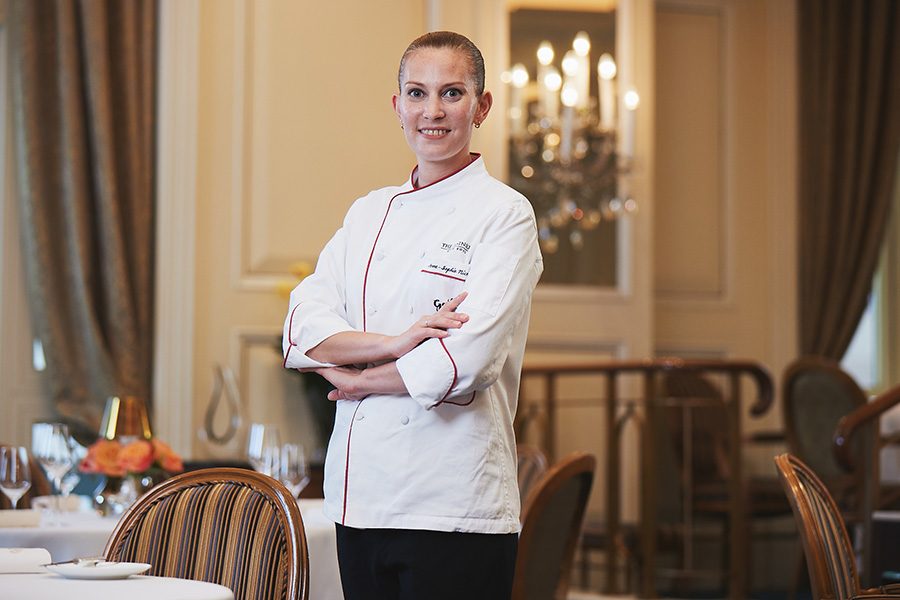
Credit: Gaddi's
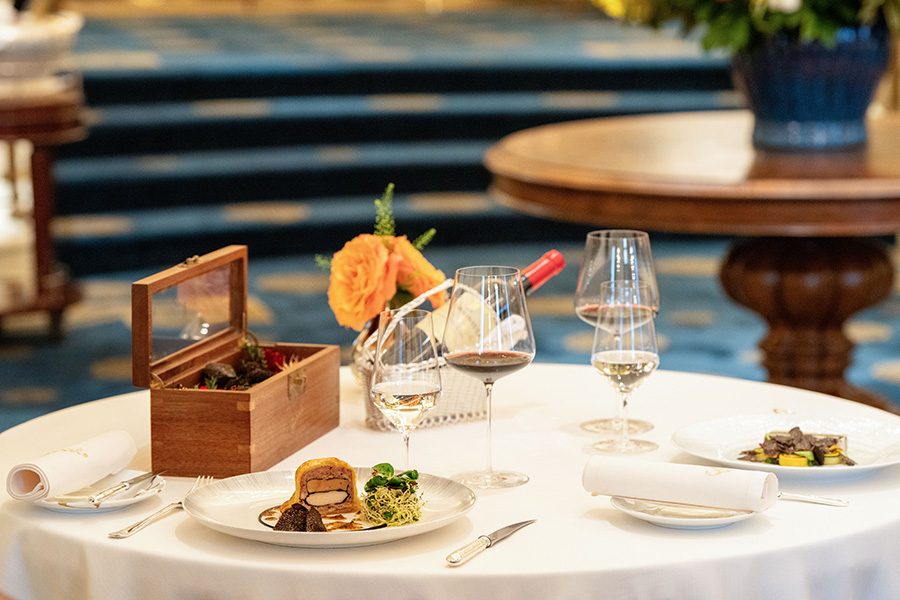
Credit: Gaddi's
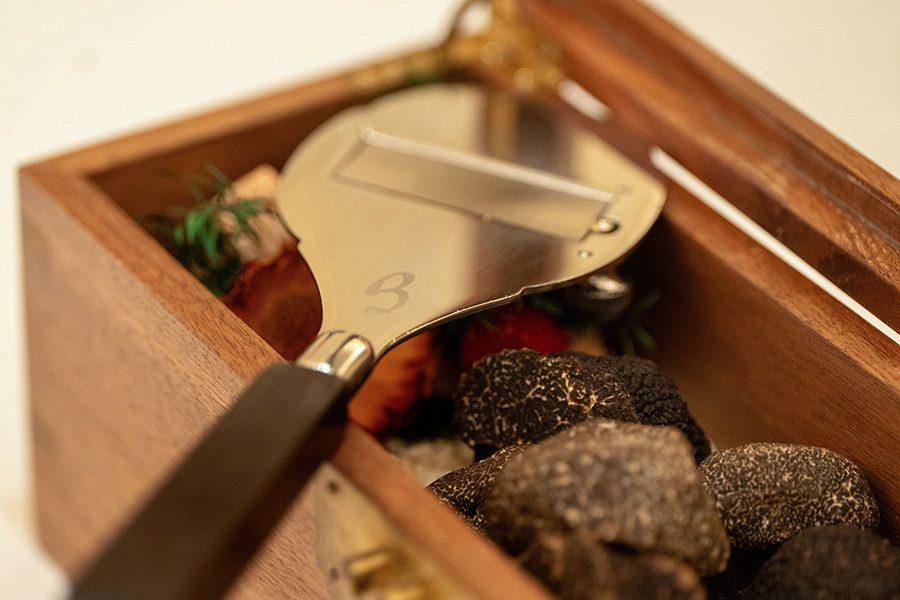
Credit: Gaddi's
Bon appétit
Thanks to the work of our people, shipments of black truffle make it to suppliers and restaurants around the world. You’ll find it accompanying wagyu steak, shaved generously over pasta and even incorporated in desserts.
The Michelin-starred Gaddi’s at The Peninsula Hong Kong is among the establishments to use black truffles imported from Australia. “Missing the brief window of the Australian black truffle season means missing out on an unparalleled culinary experience,” says Anne-Sophie Nicolas, Chef de Cuisine at the restaurant. “Embracing these seasonal delicacies not only honours local traditions but also supports sustainable agriculture and promotes the richness of our local gastronomy."
At the Four Seasons Hong Kong, Caprice, which has three Michelin stars, imports Manjimup truffles from Australia for its summer menu. Executive Chef Guillaume Galliot says, “Our supplier understands my specifications, which are 80-100g per truffle, and the selected pieces arrive at Caprice just two days after they have been harvested. We have bi-weekly deliveries and a high table turnover, ensuring the truffles remain fresh.”
Next time you savour a dish graced with seasonal truffle, you’ll know how far it’s travelled over land and sea – and the part we’ve played in getting it to you.
More inspiration
- China – the Chinese Mainland, Hong Kong SAR, Macao SAR and Taiwan Region
- Hong Kong SAR - English
- Chinese Mainland (China) - English
- Taiwan, China - English
- 香港特別行政區 - 繁體中文
- 中国內地 - 简体中文
- 中國台灣 - 繁體中文
- Africa
- South Africa - English
- Asia
- Bangladesh - English
- Korea - English
- Singapore - English
- Cambodia - English
- 한국 - 한국어
- Sri Lanka - English
- India - English
- Malaysia - English
- Thailand - English
- Indonesia - English
- Maldives - English
- ประเทศไทย - ภาษาไทย
- Indonesia - Bahasa Indonesia
- Myanmar - English
- Vietnam - English
- Japan - English
- Nepal - English
- Việt Nam - tiếng Việt
- 日本 - 日本語
- Philippines - English
- Australasia
- Australia - English
- New Zealand - English







